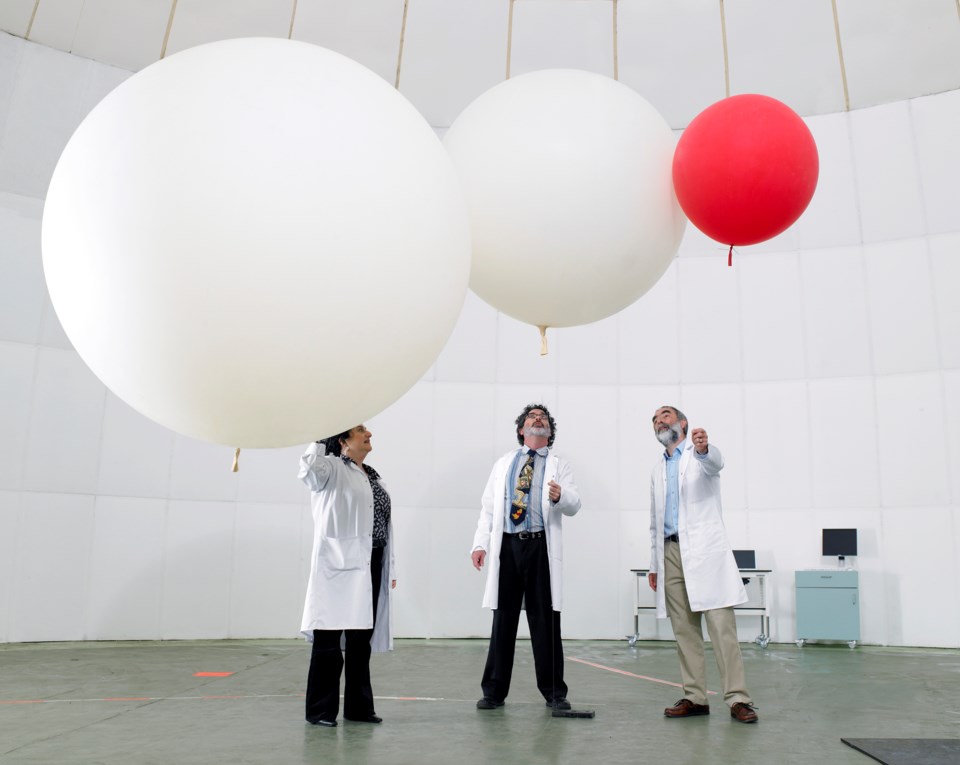Concerning the recent spate of supposed spy balloons over northwest Canada, this isn’t the first time in our history that balloons have loomed large over our backcountry.
During the Second World War, Japan launched more than nine thousand so-called ‘Fu-Go’ fire balloons towards western North America. Armed with incendiary and fragmentation bombs the campaign was intended to have a psychological impact on the U.S. and Canada, and to cause damage and tie up resources by starting west coast forest fires. It succeeded in the first objective, but not so much in the latter because the forests weren’t dry enough from November onwards when the jet stream was right for launching.
But these weren’t the only balloons over the skies of B.C.
Twice in my 45 years of roaming our local mountains I have found the remains of weather balloons with radiosonde payloads. In the first instance, stumble was the right word as I literally tripped over a thin but strong para-cord that was hidden in dense alpine vegetation on a solo bushwhacking approach on the north side of Caledonia Mountain, 100 kilometres east of the city. Following the cord for several metres led me to a delicate milk carton sized payload of instruments and electronics. There were instructions on the side in French, the gist of which was “…please don’t return to the weather office.”
The second, a few years later, was in the McGregor Mountains west of Pass Lake. After a bit of research I learned that several of these disposable devices were (and still are) being launched every day from Prince George to record and transmit weather data as they ascend into the upper atmosphere. The prevailing winds carry most of them over our mountains where they eventually fall as litter. Given the number launched daily over many decades, and the statistical probability of my stumbling over two of them, a simple calculation suggests that the mountains east of Prince George are littered with tens of thousands of them.
The Japanese Fu-Go balloon payloads landed from Alaska to Mexico and as far inland as Nebraska, Saskatchewan and the Northwest Territories. There were six direct fatalities resulting from the balloon attacks: five children and a pregnant Sunday school teacher were killed when a balloon that they had found exploded on May 5, 1945, in southern Oregon. Some ten per cent of the fire balloons launched were thought to have reached North America and 300 are known to have been found or destroyed, leaving more than 600 unaccounted for, presumably in remote backcountry areas.
The most recent one to be found in Canada was in October 2014 when forestry workers in British Columbia found an unexploded balloon payload that was later detonated by a Royal Canadian Navy ordnance disposal team. That raises the possibility that, like the remains of the weather balloons that I found, there are more unexploded fire balloons out there in BC’s backcountry. In the highly unlikely event that you should stumble on something that looks suspiciously like a 1940s vintage balloon payload, stay clear and contact the authorities.
Mike Nash
Prince George


